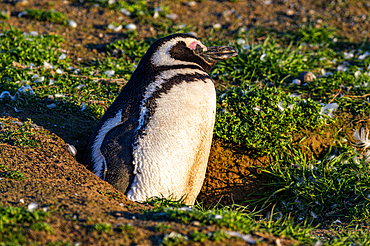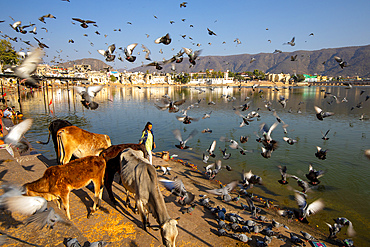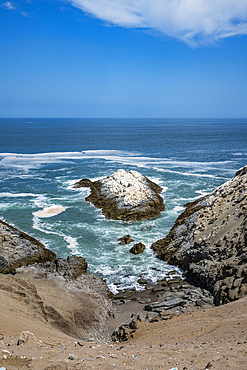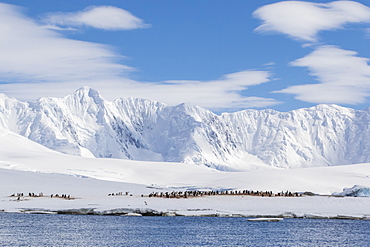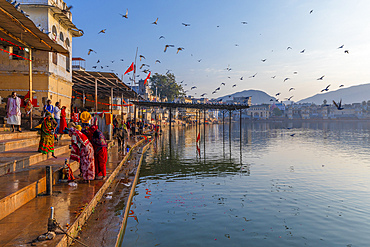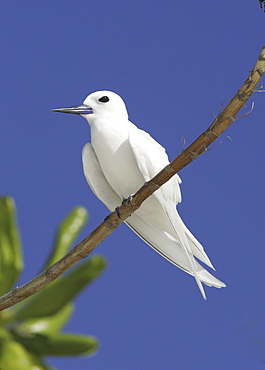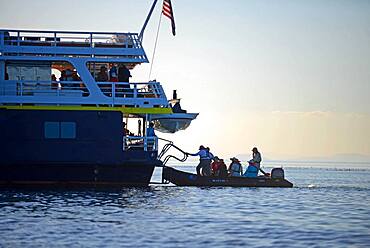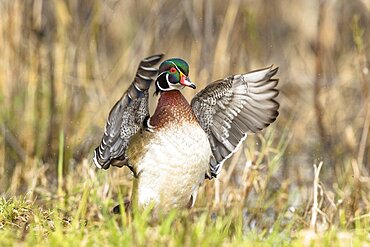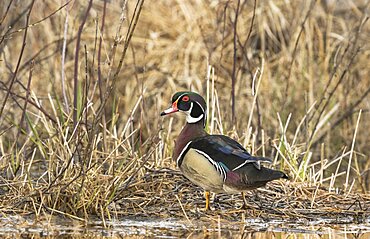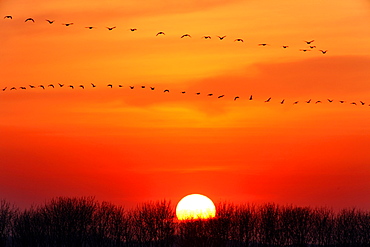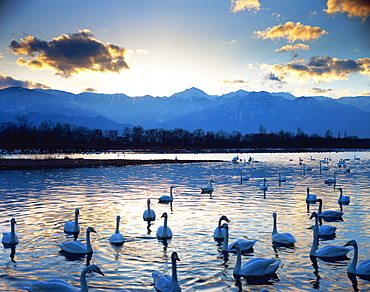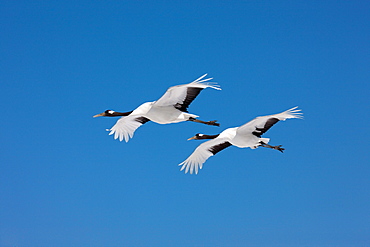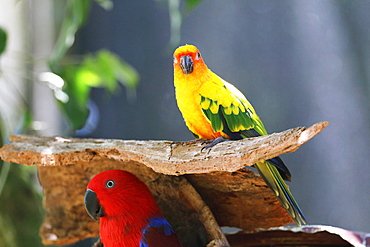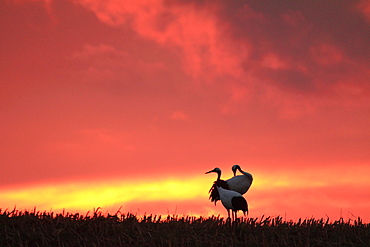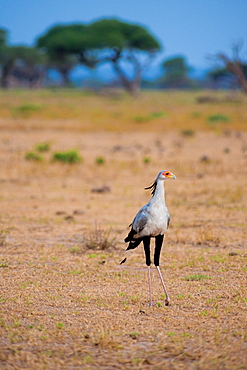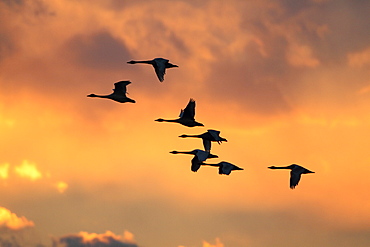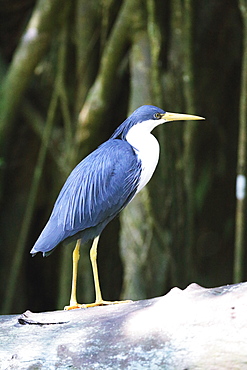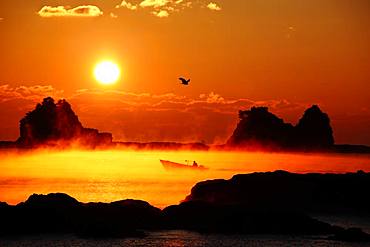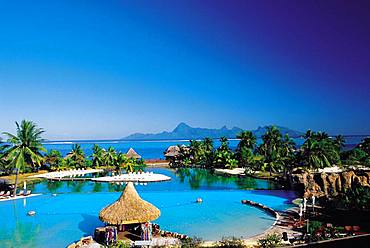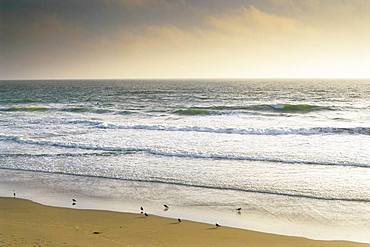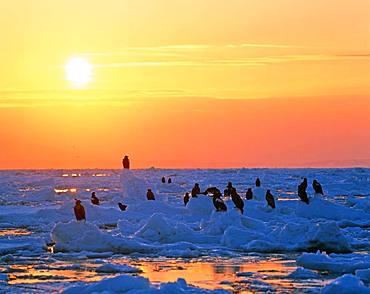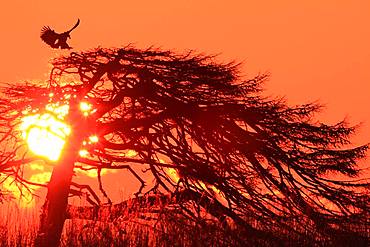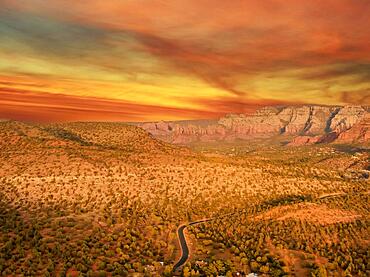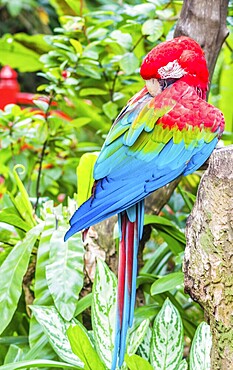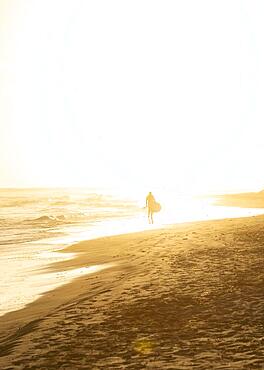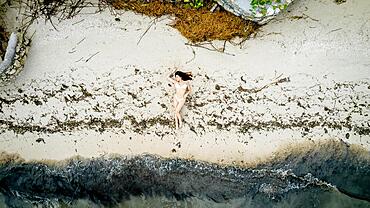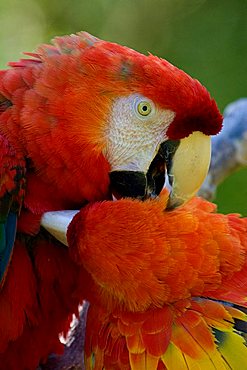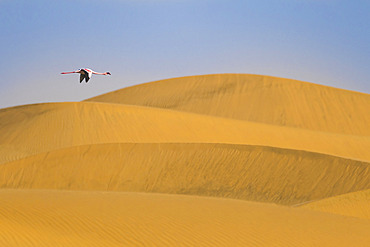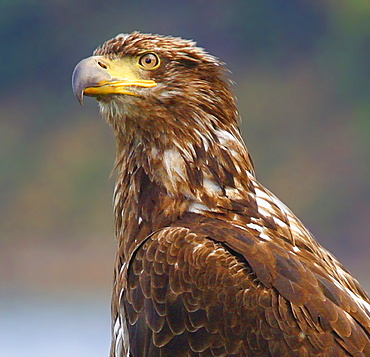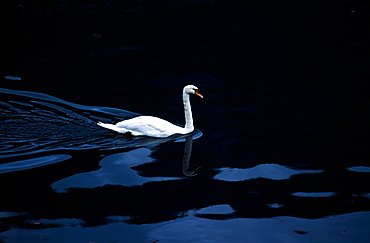Results
« Previous 1 2
108 results found
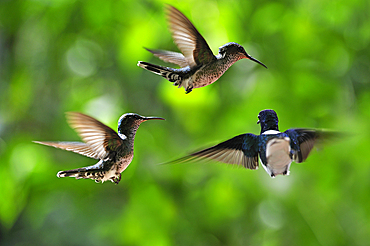
Florisuga mellivora (White-necked Jacobin) hovering, Soberania National Park, Republic of Panama, Central America

Adult brown pelican (Pelecanus occidentalis), taking flight on a small islet near Isla Salsipuedes, Baja California, Mexico, North America

A snowy egret (Egretta thula), fishing in the shallows, San Jose del Cabo, Baja California Sur, Sea of Cortez, Mexico, North America
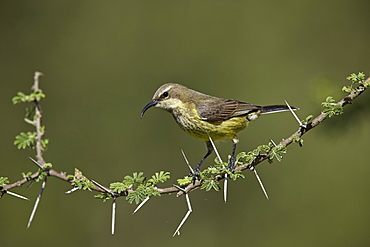
Beautiful sunbird (Cinnyris pulchella), female, Ngorongoro Conservation Area, UNESCO World Heritage Site, Serengeti, Tanzania, East Africa, Africa

Female mallard and ducklings on the edge of Lusiai Lake at Paluse, Aukstaitija National Park, Lithuania, Europe

Guadalupe fur seals (Arctocephalus townsendi), at new haul out on Las Animas Island, Baja California Sur, Sea of Cortez, Mexico, North America
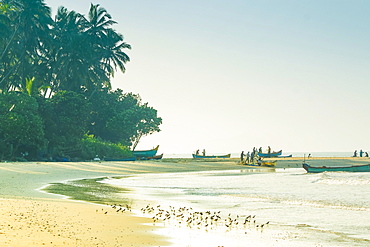
Fishermen and wading birds at beautiful Kizhunna Beach, south of Kannur on the Kerala north coast, Kizhunna, Kannur, Kerala, India, Asia
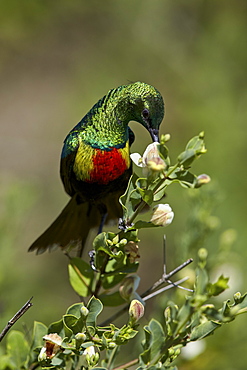
Beautiful sunbird (Cinnyris pulchella), female, Ngorongoro Conservation Area, UNESCO World Heritage Site, Serengeti, Tanzania, East Africa, Africa
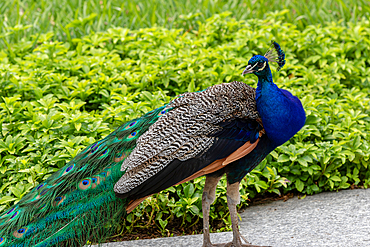
Majestic peacock displaying vibrant blue and green plumage, with a blurred green background at Kew Gardens, London, England, United Kingdom, Europe
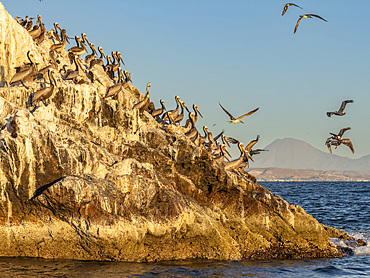
Adult brown pelicans (Pelecanus occidentalis), on a small islet near Isla San Marcos, Baja California, Mexico, North America
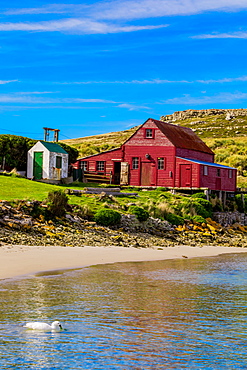
Scenic view of a house on West Point, a beautiful, quaint pristine place that only has two residents, Falkland Islands, South America

An adult Galapagos dove (Zenaida galapagoensis) in beautiful breeding plumage on Espanola Island in the Galapagois Island Archipelago, Ecuador, Pacific Ocean
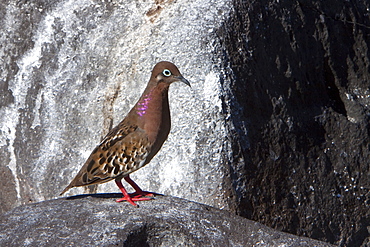
An adult Galapagos dove (Zenaida galapagoensis) in beautiful breeding plumage on Espanola Island in the Galapagos Island Archipelago, Ecuador
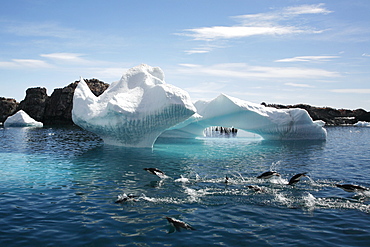
Adleie penguins leaping in front of a beautiful Iceberg at Heroina Island in the Weddell sea, Antarctica.

An adult Galapagos dove (Zenaida galapagoensis) in beautiful breeding plumage on Espanola Island in the Galapagois Island Archipelago, Ecuador, Pacific Ocean
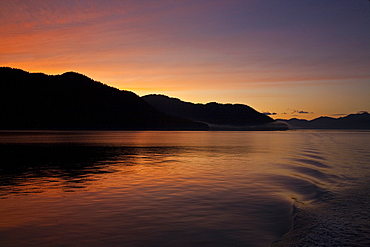
Sunset from the stern of the Lindblad Expeditions ship National Geographic Sea Bird in Lynn Canal, Southeast Alaska, USA.

Mexican aztec dress gods at Grand Palladium White Sand Resort and Spa in Riviera Maya, Yucatan Peninsula, Quintana Roo, Caribbean Coast, Mexico.
Aztec clothing was generally loose fitting and did not completely cover the body. When the Spanish arrived in Mexico, the people were surprised to see them in their full armour, with only their faces exposed.
Aztec clothes were generally made of cotton (which was imported) or ayate fiber, made from the Maguey Cactus (also called the Century Plant or American Aloe). Women would weave the fibers into clothing, a task girls were taught as young teenagers. Because of their vast trading network, the Aztecs were able to make use of a beautiful array of dyes, creating the brilliant
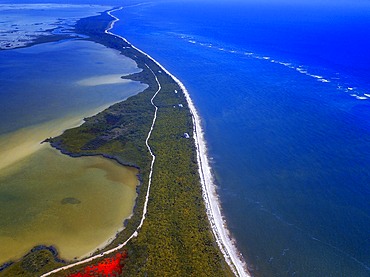
Aerial view of Punta Allen Sian Ka'an Reserve, Yucatan Peninsula, Mexico. Red lagoon near Boca Paila Bridge.
In the language of the Mayan peoples who once inhabited this region, Sian Ka'an means Origin of the Sky. Located on the east coast of the Yucatán peninsula, this biosphere reserve contains tropical forests, mangroves and marshes, as well as a large marine section intersected by a barrier reef. It provides a habitat for a remarkably rich flora and a fauna comprising more than 300 species of birds, as well as a large number of the region's characteristic terrestrial vertebrates, which cohabit in the diverse environment formed by its complex hydrological system.
Along its roughly 120 kilometres of coastline, the property covers over 400,000 hectares of land ranging from sea level to only ten m.a.s.l. The property boasts diverse tropical forests, palm savannah, one of the most pristine wetlands in the region, lagoons, extensive mangrove stands, as well as sandy beaches and dunes. The 120,000 hectares of marine area protect a valuable part of the Mesoamerican Barrier Reef and seagrass beds in the shallow bays. The lush green of the forests and the many shades of blue of the lagoons and the Caribbean Sea under a wide sky offer fascinating visual impressions.
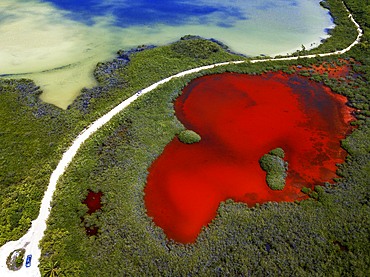
Aerial view of Punta Allen Sian Ka'an Reserve, Yucatan Peninsula, Mexico. Red lagoon near Boca Paila Bridge.
In the language of the Mayan peoples who once inhabited this region, Sian Ka'an means Origin of the Sky. Located on the east coast of the Yucatán peninsula, this biosphere reserve contains tropical forests, mangroves and marshes, as well as a large marine section intersected by a barrier reef. It provides a habitat for a remarkably rich flora and a fauna comprising more than 300 species of birds, as well as a large number of the region's characteristic terrestrial vertebrates, which cohabit in the diverse environment formed by its complex hydrological system.
Along its roughly 120 kilometres of coastline, the property covers over 400,000 hectares of land ranging from sea level to only ten m.a.s.l. The property boasts diverse tropical forests, palm savannah, one of the most pristine wetlands in the region, lagoons, extensive mangrove stands, as well as sandy beaches and dunes. The 120,000 hectares of marine area protect a valuable part of the Mesoamerican Barrier Reef and seagrass beds in the shallow bays. The lush green of the forests and the many shades of blue of the lagoons and the Caribbean Sea under a wide sky offer fascinating visual impressions.
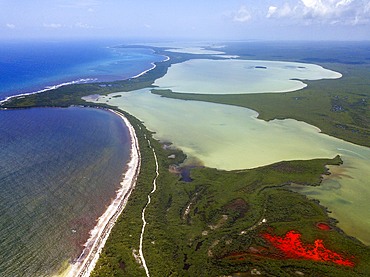
Aerial view of Punta Allen Sian Ka'an Reserve, Yucatan Peninsula, Mexico. Red lagoon near Boca Paila Bridge.
In the language of the Mayan peoples who once inhabited this region, Sian Ka'an means Origin of the Sky. Located on the east coast of the Yucatán peninsula, this biosphere reserve contains tropical forests, mangroves and marshes, as well as a large marine section intersected by a barrier reef. It provides a habitat for a remarkably rich flora and a fauna comprising more than 300 species of birds, as well as a large number of the region's characteristic terrestrial vertebrates, which cohabit in the diverse environment formed by its complex hydrological system.
Along its roughly 120 kilometres of coastline, the property covers over 400,000 hectares of land ranging from sea level to only ten m.a.s.l. The property boasts diverse tropical forests, palm savannah, one of the most pristine wetlands in the region, lagoons, extensive mangrove stands, as well as sandy beaches and dunes. The 120,000 hectares of marine area protect a valuable part of the Mesoamerican Barrier Reef and seagrass beds in the shallow bays. The lush green of the forests and the many shades of blue of the lagoons and the Caribbean Sea under a wide sky offer fascinating visual impressions.
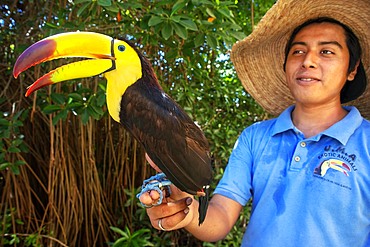
A Mexican staff member holds a tucan at Grand Palladium White Sand Resort and Spa in Riviera Maya, Yucatan Peninsula, Quintana Roo, Caribbean Coast, Mexico

Mexican aztec dress gods at Grand Palladium White Sand Resort and Spa in Riviera Maya, Yucatan Peninsula, Quintana Roo, Caribbean Coast, Mexico.
Aztec clothing was generally loose fitting and did not completely cover the body. When the Spanish arrived in Mexico, the people were surprised to see them in their full armour, with only their faces exposed.
Aztec clothes were generally made of cotton (which was imported) or ayate fiber, made from the Maguey Cactus (also called the Century Plant or American Aloe). Women would weave the fibers into clothing, a task girls were taught as young teenagers. Because of their vast trading network, the Aztecs were able to make use of a beautiful array of dyes, creating the brilliant
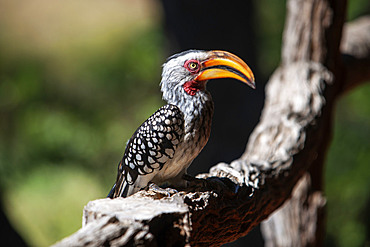
Southern Yellow-billed Hornbill (Tockus leucomelas) sits on branch at sunset in Mashatu game reserve, Botswana, Africa
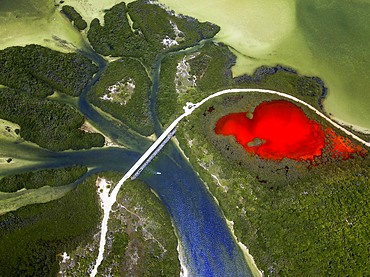
Aerial view of Punta Allen Sian Ka'an Reserve, Yucatan Peninsula, Mexico. Red lagoon near Boca Paila Bridge.
In the language of the Mayan peoples who once inhabited this region, Sian Ka'an means Origin of the Sky. Located on the east coast of the Yucatán peninsula, this biosphere reserve contains tropical forests, mangroves and marshes, as well as a large marine section intersected by a barrier reef. It provides a habitat for a remarkably rich flora and a fauna comprising more than 300 species of birds, as well as a large number of the region's characteristic terrestrial vertebrates, which cohabit in the diverse environment formed by its complex hydrological system.
Along its roughly 120 kilometres of coastline, the property covers over 400,000 hectares of land ranging from sea level to only ten m.a.s.l. The property boasts diverse tropical forests, palm savannah, one of the most pristine wetlands in the region, lagoons, extensive mangrove stands, as well as sandy beaches and dunes. The 120,000 hectares of marine area protect a valuable part of the Mesoamerican Barrier Reef and seagrass beds in the shallow bays. The lush green of the forests and the many shades of blue of the lagoons and the Caribbean Sea under a wide sky offer fascinating visual impressions.

Palms and old pier in Punta Allen Sian Ka'an Reserve, Yucatan Peninsula, Mexico.
In the language of the Mayan peoples who once inhabited this region, Sian Ka'an means Origin of the Sky. Located on the east coast of the Yucatán peninsula, this biosphere reserve contains tropical forests, mangroves and marshes, as well as a large marine section intersected by a barrier reef. It provides a habitat for a remarkably rich flora and a fauna comprising more than 300 species of birds, as well as a large number of the region's characteristic terrestrial vertebrates, which cohabit in the diverse environment formed by its complex hydrological system.
Along its roughly 120 kilometres of coastline, the property covers over 400,000 hectares of land ranging from sea level to only ten m.a.s.l. The property boasts diverse tropical forests, palm savannah, one of the most pristine wetlands in the region, lagoons, extensive mangrove stands, as well as sandy beaches and dunes. The 120,000 hectares of marine area protect a valuable part of the Mesoamerican Barrier Reef and seagrass beds in the shallow bays. The lush green of the forests and the many shades of blue of the lagoons and the Caribbean Sea under a wide sky offer fascinating visual impressions.
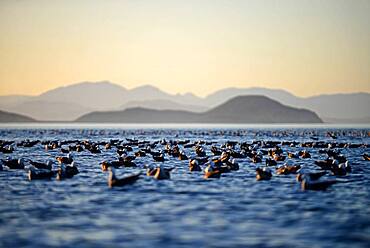
Thousands of Heermann's gulls (Larus heermanni) rest on Sea of Cortez waters, Baja California Sur, Mexico

Aerial drone view on paradise sandy Megali Petra beach in Lefkada. Beautiful crystal clear turquoise and blue waters. Greece
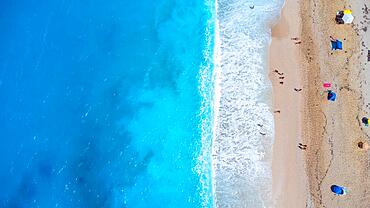
Aerial drone aerial shot in summer on paradise sandy beach Megali Petra in Lefkada. Beautiful crystal clear turquoise and blue waters. Greece
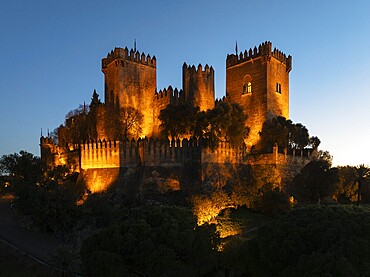
The impressive eighth-century Moorish castle of Almodóvar del Río perches high above the Guadalquivir river valley. Floodlit at dusk. Drone shot. Córdoba province, Andalusia, Spain, Europe

The impressive eighth-century Moorish castle of Almodóvar del Río perches high above the Guadalquivir river valley. Aerial view. Drone shot. Córdoba province, Andalusia, Spain, Europe
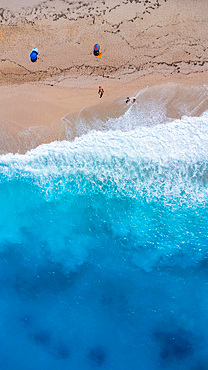
Aerial drone aerial shot in summer on paradise sandy beach Megali Petra in Lefkada. Beautiful crystal clear turquoise and blue waters. Greece. vertical photo
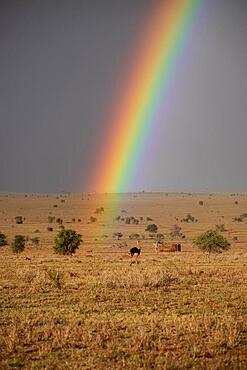
Beautiful wide landscape up to the horizomt and rainbows in the savannah of Taita Hills Wildlife Sanctuary, African Ostrich Tsavo East, Kenya, Africa

Aerial view of the port of the coastal village of Vasiliki in the south of the island of Lefkada, Greece. Beautiful crystal clear turquoise and blue waters
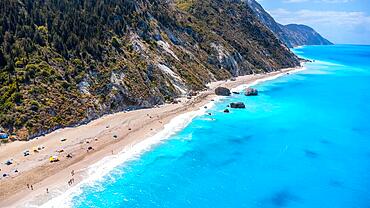
Drone shot of beautiful crystal clear turquoise and blue water at Megali Petra sandy beach in Lefkada. Greece
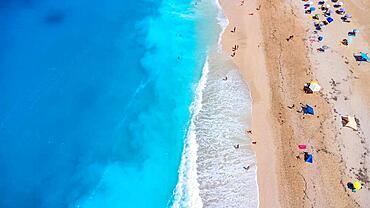
Aerial drone aerial shot in summer on paradise sandy beach Megali Petra in Lefkada. Beautiful crystal clear turquoise and blue waters. Greece
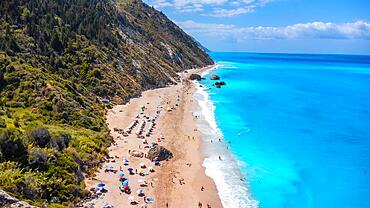
Drone shot of beautiful crystal clear turquoise and blue water at Megali Petra sandy beach in Lefkada. Greece
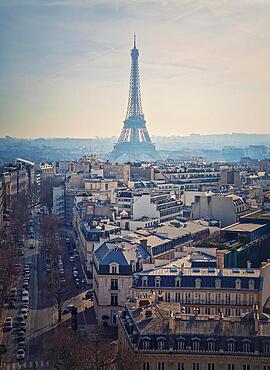
Paris cityscape with view to the Eiffel Tower, France. Beautiful parisian architecture with historic buildings, landmarks and busy city street. Aerial vertical background
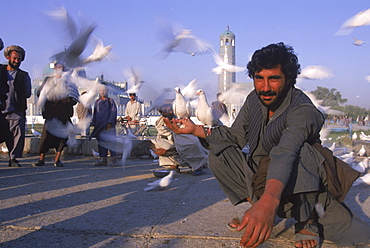
A man feeds white doves at dawn in front of the Blue Mosque, Mazar-i-Sharif, Balkh Province. Hundreds of doves, who are fed by worshippers and tended by special workers, live around the mosque, and it is thought that the place is so holy that a grey or brown dove will turn white if it lands on the Mosque. The mosque is also known as the Shrine of Hazrat Ali (Hazrat Ali was the son-in-law of the prophet Mohammed), who is believed to be buried here. The shrine, of particular importance for Afghanistan's Shi'ite Muslims, was first built in the 12th century, destroyed by Genghis Khan, and rebuilt in 1481. The current mosque, considered by some to be one of the most beautiful in Central Asia, is a modern restoration.

Beautiful nature photograph of common eider (Somateria mollissima) bird in water, Longyearbyen, Svalbard and Jan Mayen, Norway
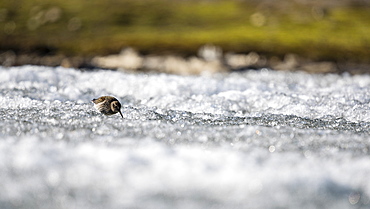
Beautiful nature photograph of single purple sandpiper (Calidris maritima) looking for food on ice, Longyearbyen, Svalbard and Jan Mayen, Norway

Lilac-breasted roller (Coracias caudatus) turns head on leafy branch in Serengeti National Park, Tanzania

Close-up portrait of a male willow ptarmigan (Lagopus lagopus) showing early breeding colors in its neck and eye combs, surveying its high-country territory in Southcentral Alaska's Chugach Mountains on an April day. The head and neck will become completely chocolate-brown as the bird's breeding colors develop, Alaska, United States of America
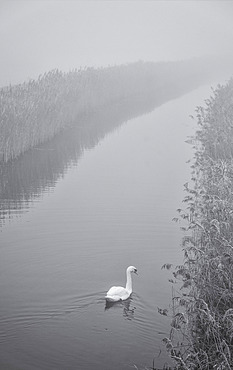
Swan (Cygnus) swimming along the lode (river) on a misty morning near the village of Reach, Cambridgeshire, England, United Kingdom
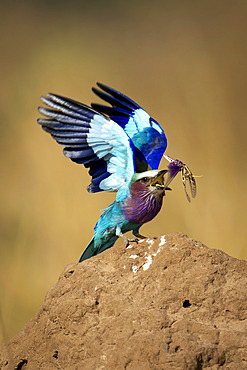
Close-up portrait of a lilac-breasted roller (Coracias caudatus) standing on a termite mound tosses insect on mound, Serengeti National Park, Tanzania, Africa
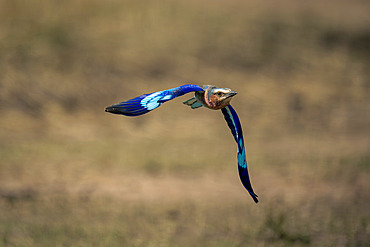
Close-up of a Lilac-breasted roller (Coracias caudatus) with catchlight flying over the savannah, Serengeti National Park, Tanzania, Africa
